Jivan Baba Chapter
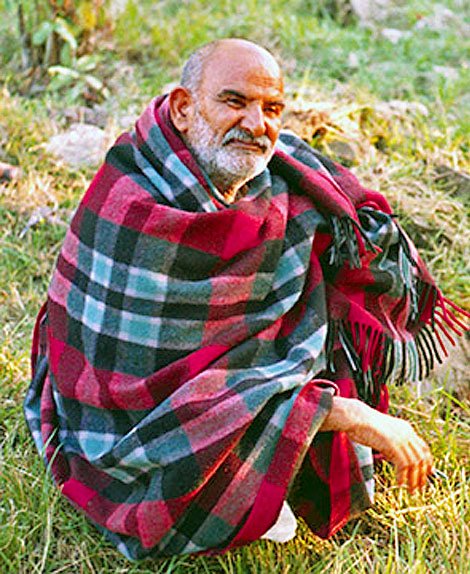 We take up the tale of Jivan, whose travels with Babaji were of longer duration than those of Tularam and the longest that we know of.
We take up the tale of Jivan, whose travels with Babaji were of longer duration than those of Tularam and the longest that we know of.
After his period of travel/companionship, he came to be known as Jivan Baba, a transformation and elevation that might have seemed unusual to Jivan's near and dear ones.
This transformation would not have seemed unusual to those who had seen many such cases before.
Those who saw or knew the murtis only, but not the craftsman, saw each as distinct and separate from each other. But for those who had met the craftsman from whose hands the murtis came, and had seen him at work, they were not distinct.
All the murtis were the products of the same master hand.
The unique underlying qualities could not be traced by judging one or two of them at random, but when you took them as a whole, you could find the missing link.



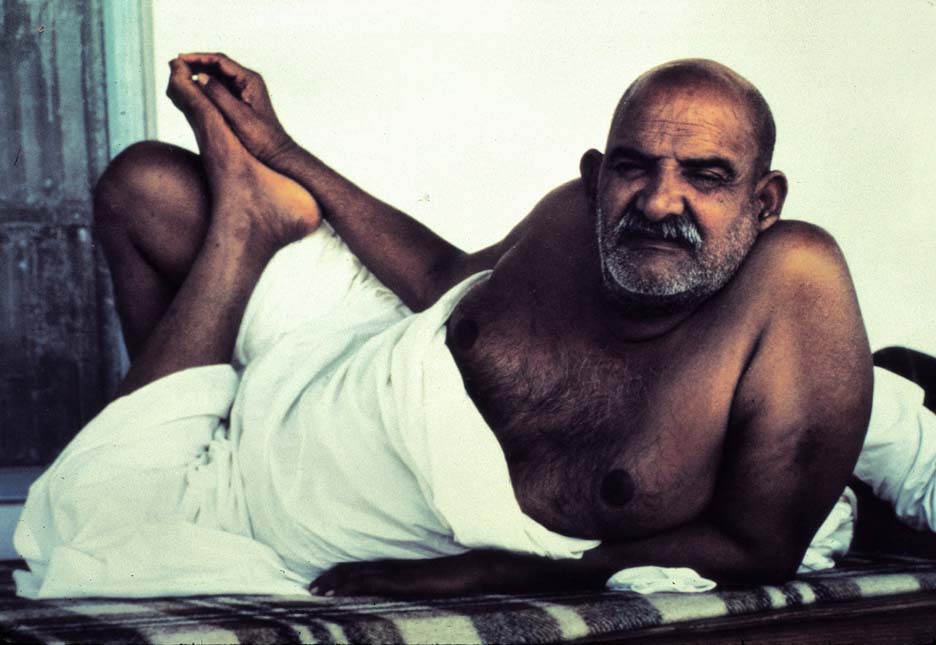 Shri K. C. Tewari, also known as Kishan or simply as Tewari, was from Nainital. Born in a middle-class Brahmin family, his education was different from most of the other devotees of the educated class who had assembled before Babaji.
Shri K. C. Tewari, also known as Kishan or simply as Tewari, was from Nainital. Born in a middle-class Brahmin family, his education was different from most of the other devotees of the educated class who had assembled before Babaji.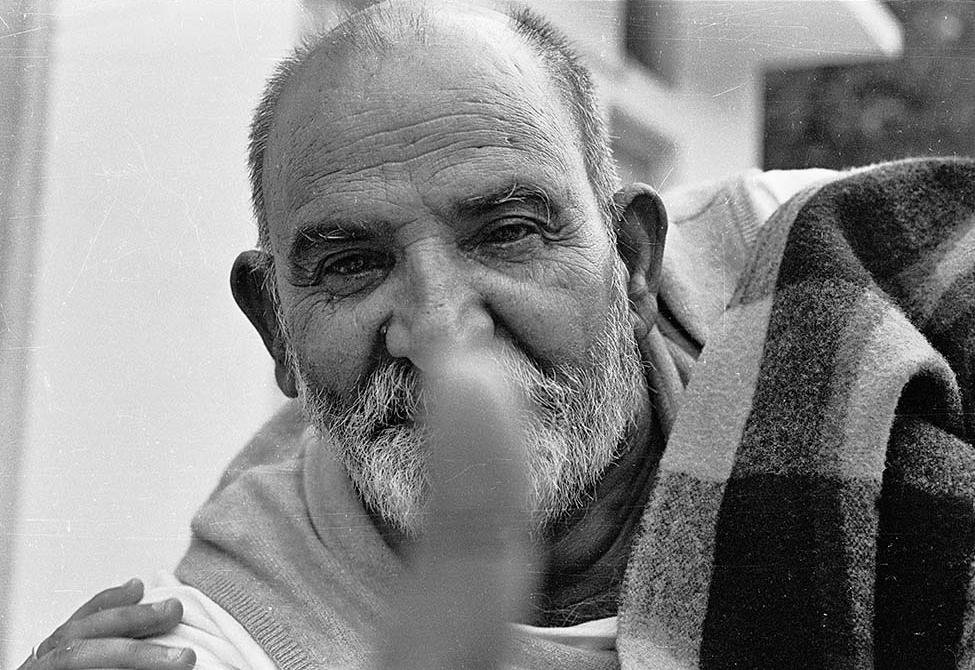
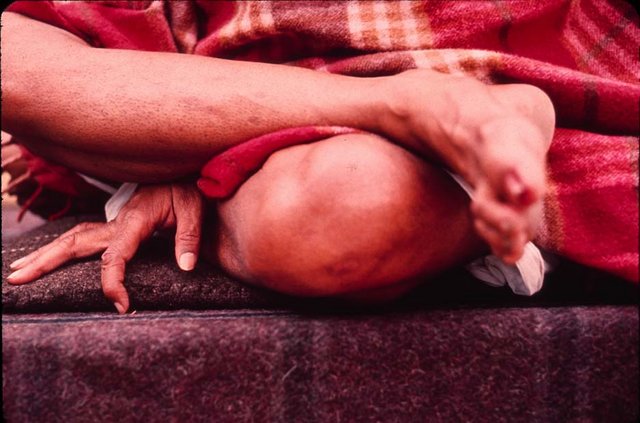 My first darshan was sudden and unexpected, and came at a time when mentally I was least prepared for it.
My first darshan was sudden and unexpected, and came at a time when mentally I was least prepared for it.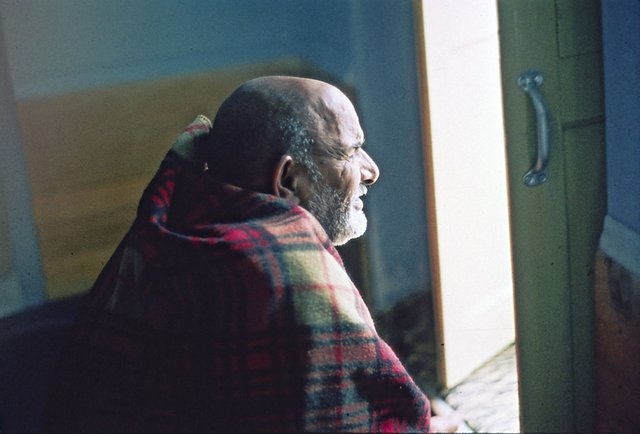 At the Kumbha Mela of 1966, a big camp was set up in the mela grounds for the devotees who were coming to spend the entire period of the mela there and also for feeding the sadhus and pilgrims visiting the mela.
At the Kumbha Mela of 1966, a big camp was set up in the mela grounds for the devotees who were coming to spend the entire period of the mela there and also for feeding the sadhus and pilgrims visiting the mela.